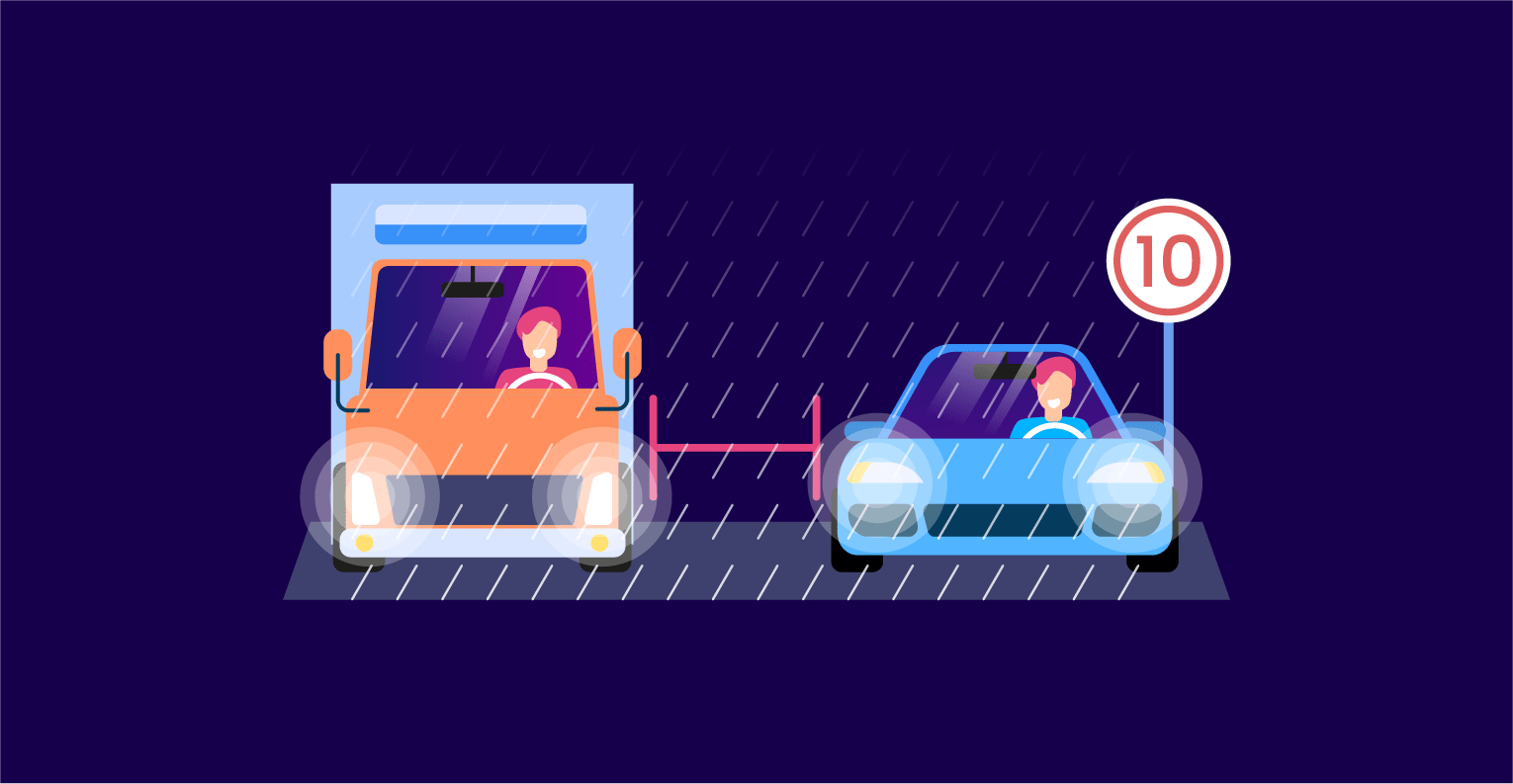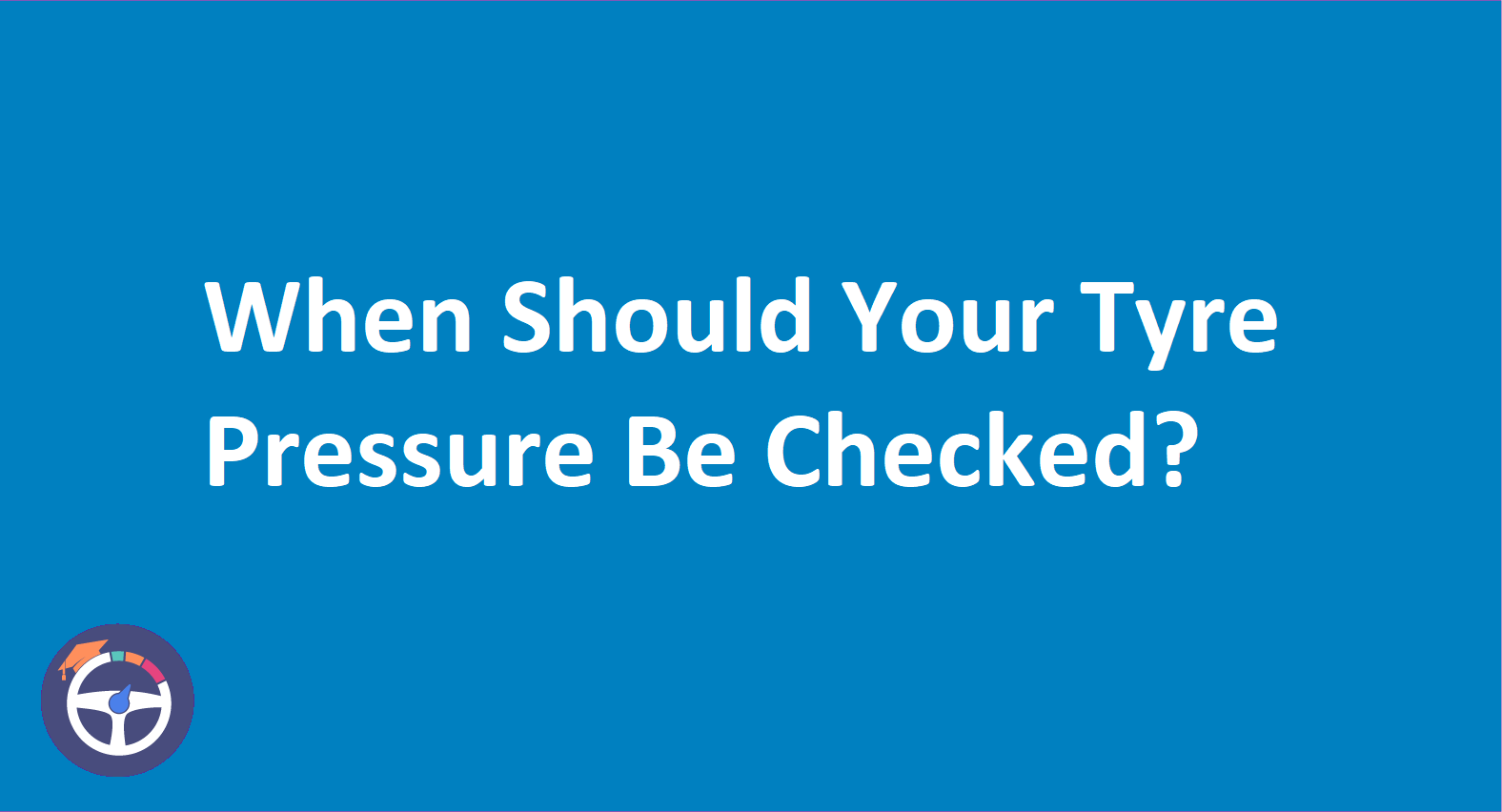Top 10 driving Tips that will make you an expert Driver In UK
By Zainab on Mar 05, 2020
Everyone can drive, but not everyone is an expert in diving. We often at a very young age start the car and start driving. We do not bother learning the basics to drive. While driving a car you must know the tips for driving.
Driving is a responsibility of the car as well as the passengers sitting in the car. One wrong step can cause an accident and can risk your life too. You always learn something new when it comes to driving. Here are 10 theory test tips you need to know that can surely make you an expert in driving.
1. Keep to the speed limits:
Everyone wants to drive with speed but speeding is dangerous for us. As the rushy roads are filled with different kinds of vehicles. While that may not really be valid, speeding isn't right for various reasons.
Firstly, it's illegal, putting you in danger of a fine and marking point on your license. Secondly, the quicker you drive, the more fuel you'll utilize. And we don't have to remind you about the increased risk of accidents. Firstly, it's illegal, putting you in danger of a fine and marking point on your license.
2. Adjust your driving accordingly:
Not specifically focusing on Speed limits only but adjustment of driving with speed is also a skill. It might be perfectly secure to drive at 60mph when the climate is clear and the streets are dry, you may need to change your speed when the conditions are direct.
You need to slow down your car in fog or even if the sun is low in the sky. As it can be hazardous for you to drive in such weather conditions. A Safe driver has skills to respond to various circumstances and change their driving in that manner.
3. Anti-lock brakes:
Anti-lock brakes: Unfortunately, many of us don't have the idea of what to do in an emergency while driving a vehicle with ABS braking.
Mostly confusion is created from being instructed how to drive by parents or instructors that had experienced childhood in a pre-anti lock time. When things like the pedal modulating, brakes pumping is involved. And being not able to control the braking system when it was normal.
Nowadays, braking in an emergency includes one step only to press the brake pedal down as hard as possible.
4. Driving in the rain:
In light rain, all the oil out on the road from different vehicles will guarantee that the street is smooth. While, the heavier rains wash that away, but then you manage potential hydroplaning.
Furthermore, if there's so much water that the tires don't come into contact with the pavement. To keep your eyes for any puddles that are much deeper than the rest. If you notice any strange sprinkles from vehicles before you, then you have the opportunity to get ready by either slowing down your vehicle or moving over.
5. Avoid being blinded by high beams:
While driving at night towards an approaching vehicle that has forgotten to dim its lights. Rather than turning into high beams, look to the right side and follow the painted edge line. While following another car keep your low beams on.
In order to avoid blinding the driver in the car ahead of you. You should possibly use your high beam lights while driving on rural roads or when you're on the open highways that are away from urban centers.
6. Leave more space:
Many drivers are advised to keep two car lengths between them and the vehicle in front of you. A great weather tip. A tip is to leave at any rate four seconds of space between you. (so when the vehicle in front spends a marker, time to what extent it takes for you to arrive at that marker)..
7. Be a defensive driver:
You should be aware of what is happening around you, including types of vehicles and what every driver is doing (For example messaging, driving whimsically, and so on.). The most secure play is to expect somebody is going to cause a disaster area.
So you must make sense of where you would go once one begins unfolding. Would you be able to dodge onto the shoulder or is there a drop-off? Is there somebody in the lane ahead of you, or would you be able to swerve into it if needed?
8. Park guided by your windows and mirrors:
If you see a curb under the side mirror while perpendicular parking you must stop your car. In this way, the distance between both your car and the curb will be minimal. And the bumper of your car won't scratch. Make sure you don't scratch the hubcaps while parallel parking.
Therefore, it's better to park parallel in reverse as in this way the curb will be visible to you with the help of side-view mirrors. And you won't be close to the curb while parking your car.
9. Learn to feel where the wheels are:
If you need to have the option to void potholes on the road. And not scratch your hubcaps while parking, you have to figure out how to feel where the wheels are. Take a vacant plastic container, step on it with your foot, and put it on the road. Practice driving over it with your left and right front wheels turn. Open the window to hear the bottle crunch.
10. Lower your rear-view mirror at night:
Most of the times many drivers don't have any idea about standard rear-view mirror that reflect has 2 modes:
Day mode
Night mode
To avoid being blinded by a vehicle behind you, change the edge of the mirror by pulling down the switch under it.
Conclusion:
To drive a car, it is necessary for you to learn driving tips. These will help you drive smoothly. The theory test tips will help you get to know how to drive in every condition. These tips include parking parallel and reverse.
These tips for beginners who are learning to drive will definitely help you become a better driver. The road safety tips will make you ensure you are aware of every hazard coming your way and how to deal with it.


